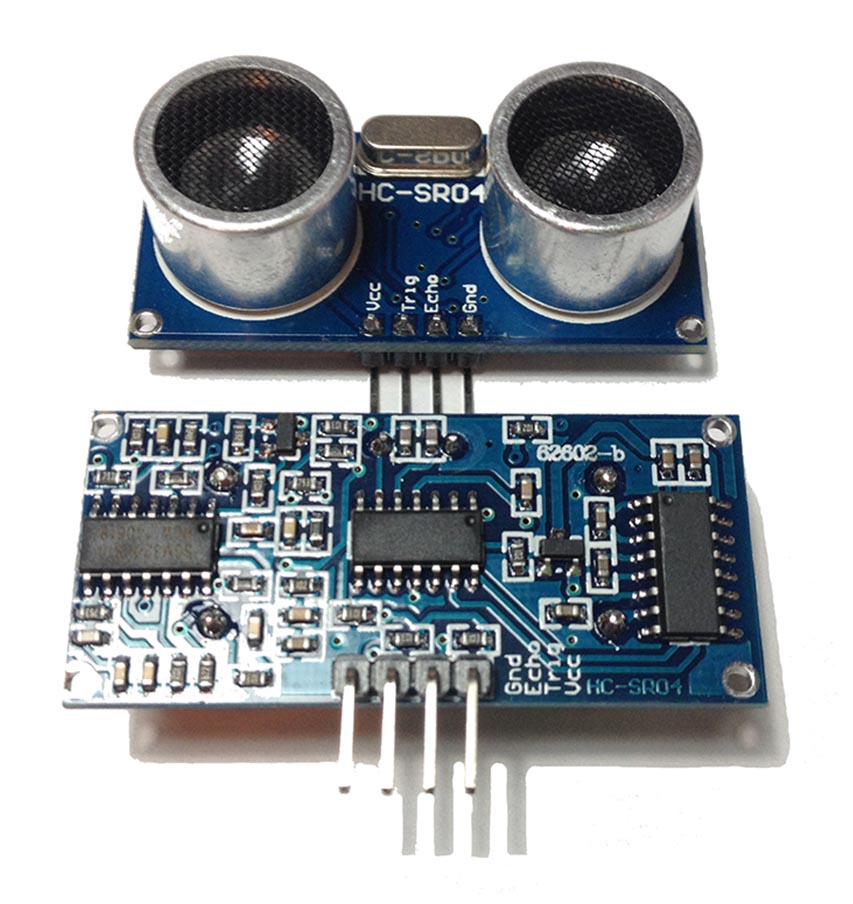
HCSR04, Sensor Ultrasonido Educación Urbana
Connecting the HC-SR04 to Arduino is very easy. Start by placing the sensor on your breadboard. Connect the VCC pin to the 5V pin on the Arduino and the GND pin to the ground pin. Now connect the trig and echo pins to digital pins #9 and #10 respectively. The following table lists the pin connections:

Sensor ultrasónico HCSR04 y Arduino Geek Factory
Enhance Your Arduino Project with the HC-SR04 Ultrasonic Distance Sensor to Enable Bat-Like Sensing Abilities. This sensor can accurately measure the distance of objects up to 13 feet away, providing crucial information to prevent collisions or navigate obstacles. With its low power consumption, cost-effectiveness, and straightforward interface, the HC-SR04 sensor has gained significant.
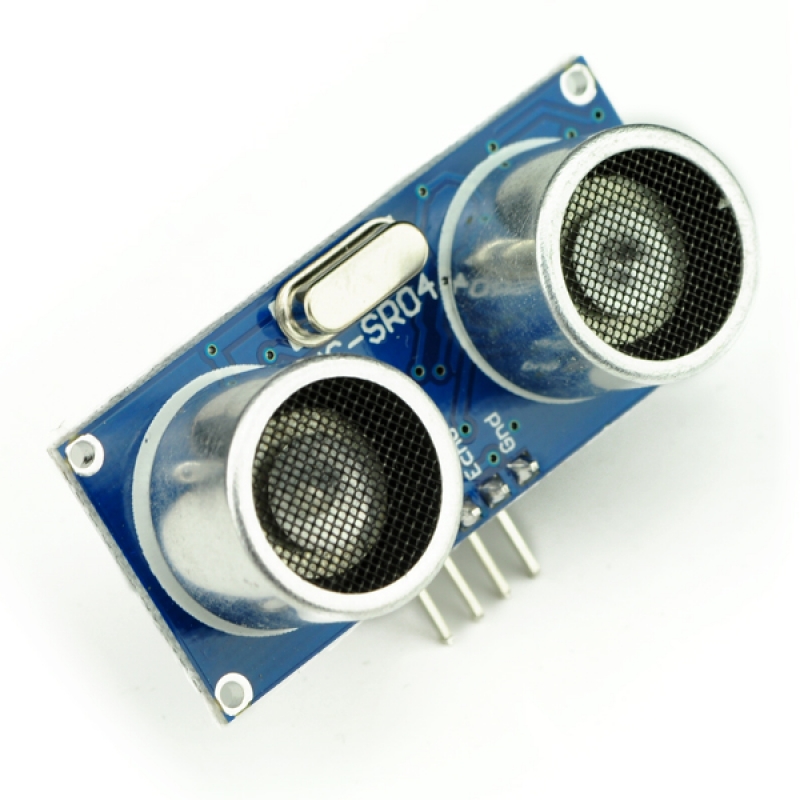
HCSR04 Ultrasonic Sensor
Ultrasonic Sensor HC-SR04 can measure up to range from 2 cm - 400 cm. HC-SR04 Pin Description HC-SR04 Pin Diagram . VCC: +5 V supply. TRIG: Trigger input of sensor. Microcontroller applies 10 us trigger pulse to the HC-SR04 ultrasonic module. ECHO: Echo output of sensor. Microcontroller reads/monitors this pin to detect the obstacle or to find.

10 Piezas Sensor Ultrasonico Hcsr04 Arduino Pic Raspberry Mercado Libre
The HC-SR04 is an ultrasonic proximity sensor that tells you whether an object is in front of it, and also provides the distance between the sensor and the object. These sensing abilities make it particularly useful for robots that need to know how far they are away from an object or obstacle, for example, a wall or a piece of furniture that.

HCSR04 Ultrasonic Distance Sensor Module
The Ultrasonic Sensor HC-SR04 module requires connections to the Ground and 5 volts pin on the Arduino Board. The time in microseconds the sound traveled will be doubled when received from the Echo pin due to the sound wave needing to travel forward and bounce backward. The formula to calculate distance in cm using the ultrasonic sensor and.

HCSR04 Ultrasonic Distance Sensor A2D Electronics
Project description. In this project I will introduce you to the HC-SR04 Ultrasonic sensor. It works by sending sound waves from the transmitter, which then bounce off of an object and then return to the receiver. You can determine how far away something is by the time it takes for the sound waves to get back to the sensor.
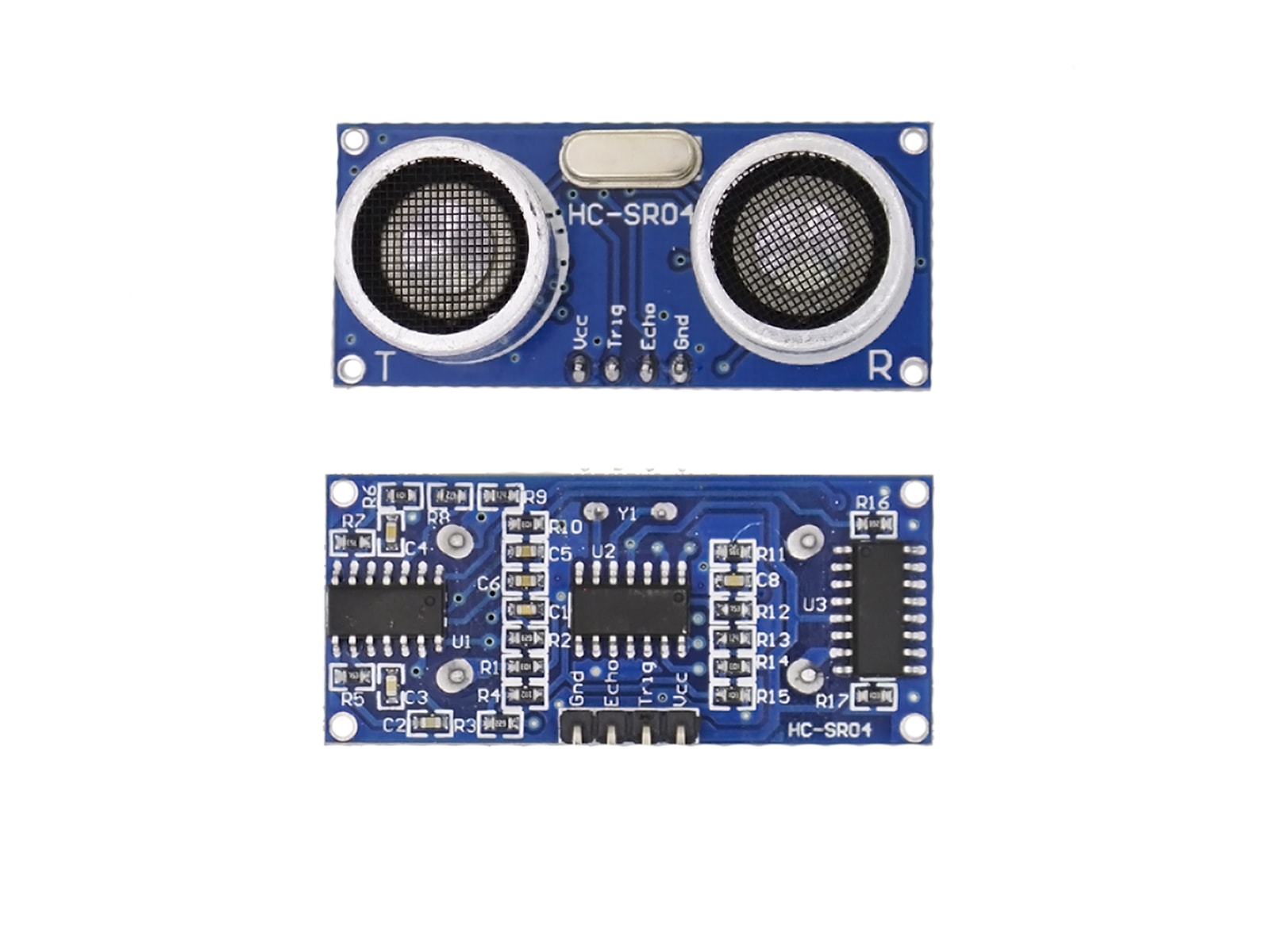
Sensor Ultrasónico HCSR04 INTESC
The HC-SR04 ultrasonic sensor utilizes sonar for distance measurement to an object. It can measure distances ranging from 2cm to 400cm (0.8inch to 157inch) with an accuracy of 0.3cm (0.1inches), making it suitable for various hobbyist projects. Additionally, this module includes ultrasonic transmitter and receiver modules.

HCSR04 Ultrasonic Sonar Distance Sensor + 2 x 10K resistors Raspberry Pi в Киеве (Украина)
The HC-SR04 ultrasonic sensor uses sonar to determine the distance to an object. This sensor reads from 2cm to 400cm (0.8inch to 157inch) with an accuracy of 0.3cm (0.1inches), which is good for most hobbyist projects. In addition, this particular module comes with ultrasonic transmitter and receiver modules.
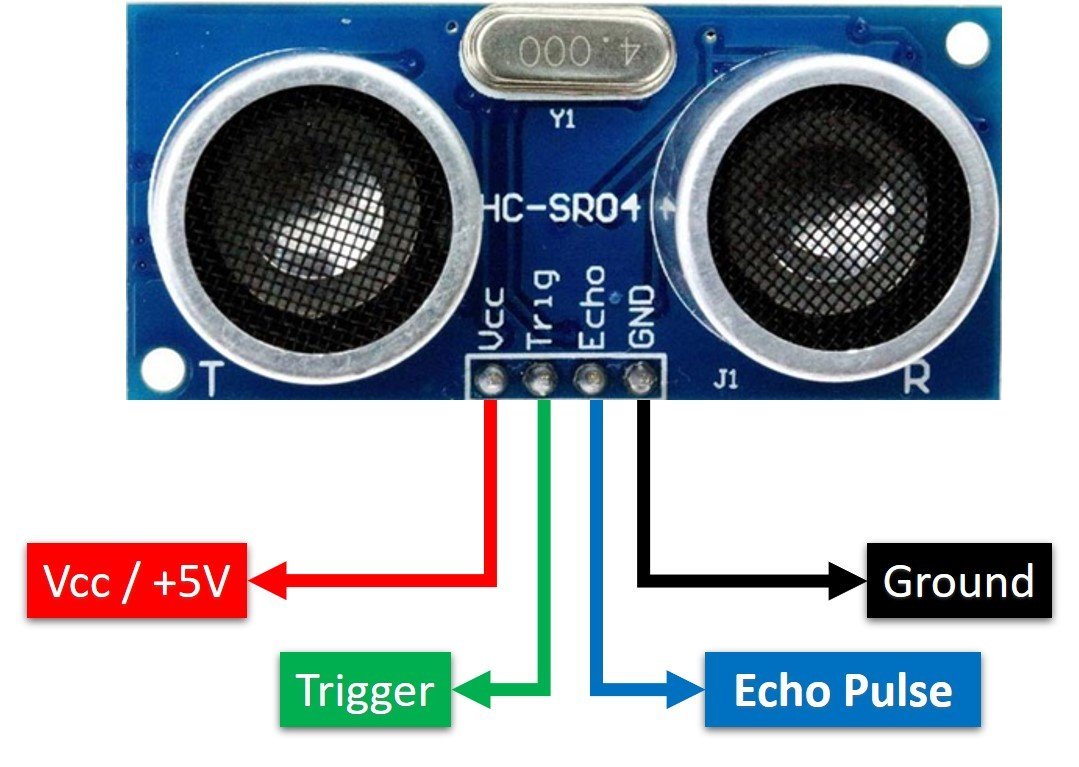
HCSR04 Ultrasonic Sensor Interfacing Arduino Distance Measurement
The HC-SR04 is an inexpensive, easy to use ultrasonic distance sensor, with a range of 2cm to 400 cm. It is commonly used in obstacle avoiding robots and automation projects. In this tutorial, you will learn how the sensor works and how to use it with Arduino. I have included 5 examples with a wiring diagram and code so you can start.
HCSR04 Ultrasonic Sensor Guide with Arduino Interfacing Sensor..
The HC-SR04 is an ultrasonic sensor that uses sound waves to detect distance. It is commonly used in robotics, automation, and IoT projects. It is a low-cost ultrasonic sensor to measure distance, detect an obstruction, etc.
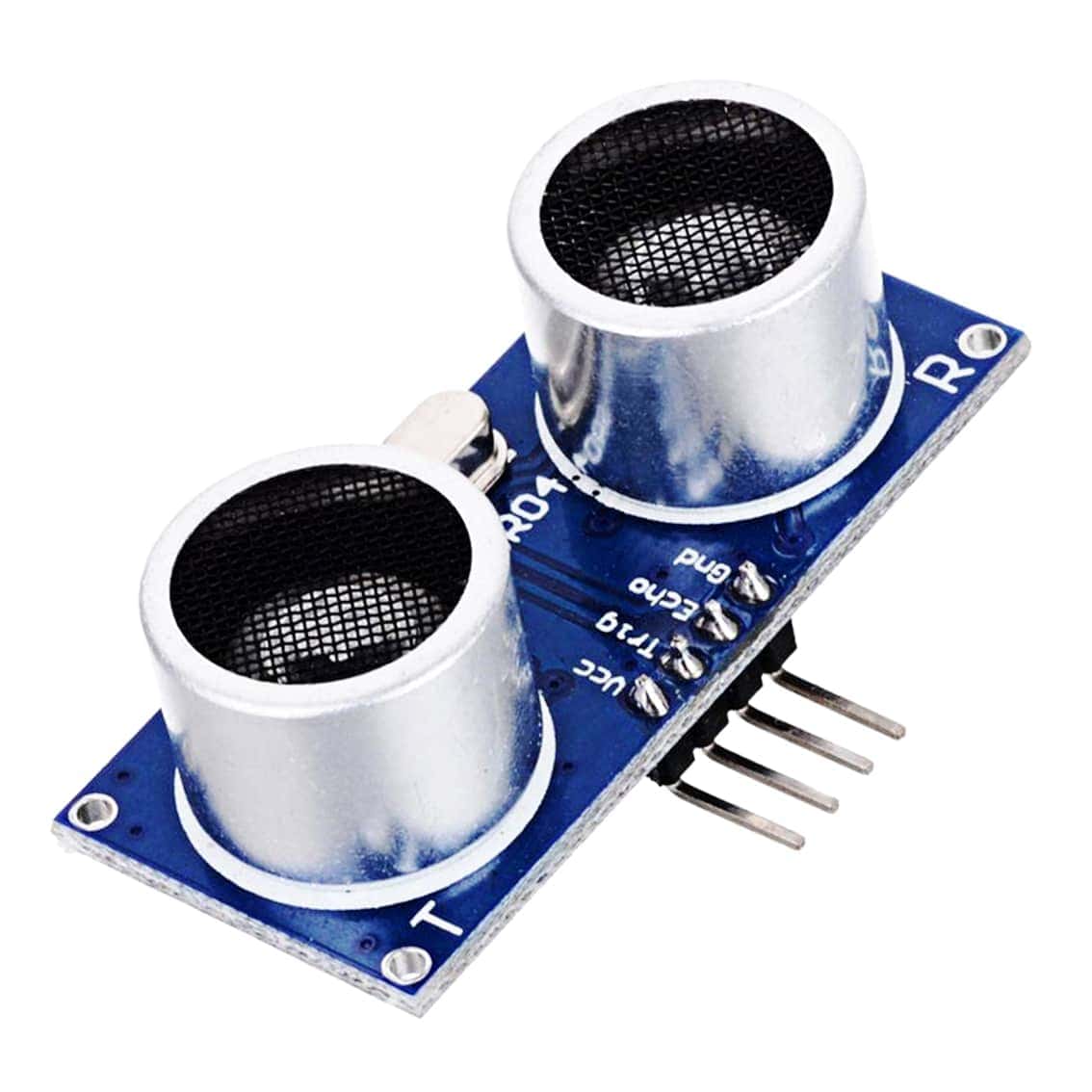
Ultrasonic Distance Sensor Module HCSR04 Phipps Electronics
The HC-SR04 Ultrasonic (US) sensor is an ultrasonic transducer that comes with 4 pin interface named as Vcc, Trigger, Echo, and Ground. It is very useful for accurate distance measurement of the target object and mainly works on the sound waves. As we connect the module to 5V and initialize the input pin, it starts transmitting the sound waves.

Sensor ultrasonido Hcsr04
The HC-SR04 ultrasonic sensor uses sonar to determine the distance to an object. This sensor reads from 2cm to 400cm (0.8inch to 157inch) with an accuracy of 0.3cm (0.1inches), which is good for most hobbyist projects. In addition, this particular module comes with ultrasonic transmitter and receiver modules.
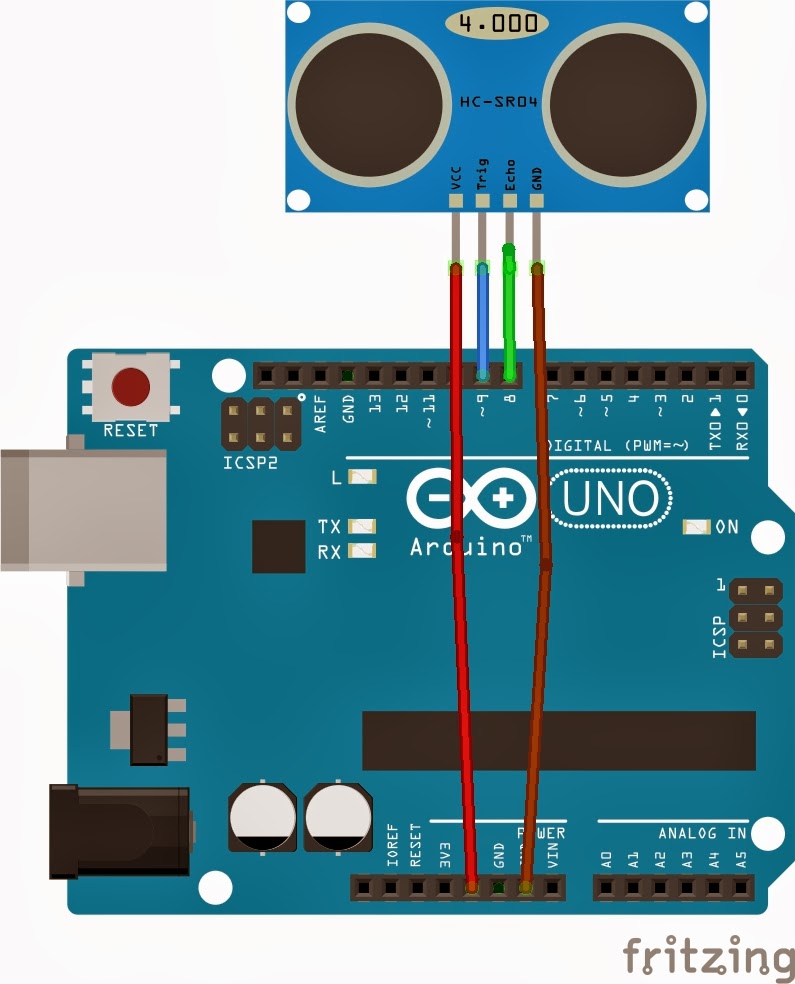
Como funciona el sensor ultrasonico hcsr04
What is the HC-SR04? HC-SR04 is an ultrasonic ranging sensor that provides 2 cm to 400 cm non-contact measurement function. Is the HC-SR04 accurate? The ranging accuracy can reach to 3mm and effectual angle is < 15°. It can be powered from a 5V power supply. HC-SR04 datasheet (PDF download)

HCSR04 Sensor de ultrasonidos con Arduino TuElectronica.es
Step 1: Wiring Your Sensor. Connect your ultrasonic sensor to the Arduino UNO as shown in the diagram. The HC-SR04 has four pins which should be connected as follows: Ultrasonic Echo → Arduino digital pin (2 is used for this tutorial) Ultrasonic Trig → Arduino digital pin (4 is used for this tutorial)
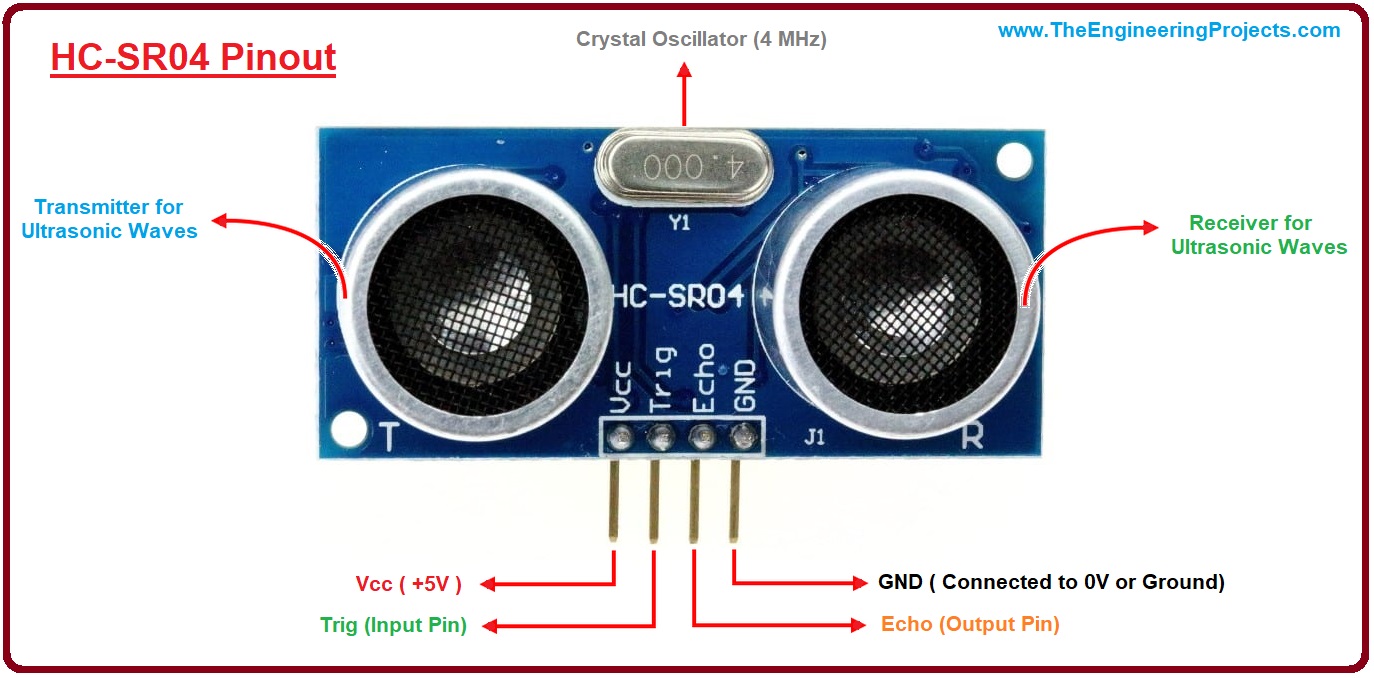
HC SR04 Datasheet and Pinout Ultrasonic Sensor Noncontact Range Detection NetSonic
The HC-SR04 is an ultrasonic sensor module that is commonly used in electronics projects for measuring distances between the sensor and an object. The sensor has two main components: an ultrasonic transmitter and an ultrasonic receiver. The transmitter sends out a high-frequency sound wave, which bounces off an object and returns to the receiver.

HCSR04Ultrasonic Range Finder Prayog India
HC-SR04 distance sensor is commonly used with both microcontroller and microprocessor platforms like Arduino, ARM, PIC, Raspberry Pie etc. The following guide is universally since it has to be followed irrespective of the type of computational device used. Power the Sensor using a regulated +5V through the Vcc ad Ground pins of the sensor.